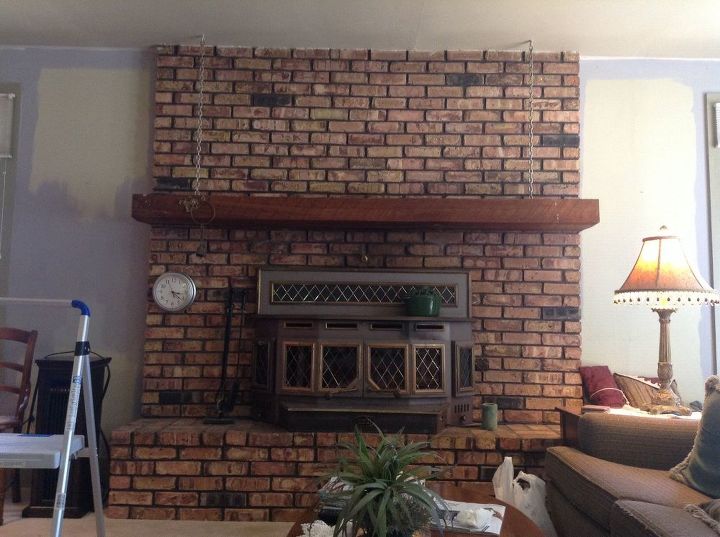Prepping and Painting Exterior Windows - Is my painter doing a good job?

-
Glazing windows takes a lot of time and finesse. It's impossible to tell if he is doing a good job without seeing it but I can tell you some of the basic tenets. 1. Remove all the loose glazing with a new 5-in-1 tool. Then tap or chisel out the part that will be loose in the foreseeable future. Scrape off any other loose paint around the wood sash. 2. Sand the surfaces clean of any loose material and scrape the glass clean from the old paint line. 3. Wash the window with a mild clorox and house wash solution to kill any mildew and remove dirt and dust; rinse well. 4. After the window is thoroughly dry, prime all bare wood with a slow drying oil base primer. Glazing needs to be applied to a primed surface so it will stick well and not come out again. Sometimes the primer needs a light sanding. 5. Apply the new glazing using a glazing tool. Match up the new glazing line with the interior wood mullion line so that you do not see the new glazing from the inside of the house. 6. After the glazing has skinned over (2-3 days), prime again with a coat of oil base primer. This keeps the new glazing from mildewing under the new paint. 7. Apply two coats of finish paint 'sealing the glass' as you go by applying a small lip of paint onto the glass in a smooth even line. This acts like a gasket to keep water from getting between the new glazing and the glass. Notes: When removing the old glazing and paint, it's important not to nick or disfigure the little skinny front edge of the mullions or grids. This is the guideline for the glazing tool and so your new glazing will only be as straight and smooth as the front edge of the mullion bar is. It is not always necessary to remove all the glazing, only the loose parts. However, if all the glazing is not removed, a good glazing job will not easily show the union of the old and new glazing. Best, Charles
 Peace Painting Co., Inc.
on Mar 19, 2012
Peace Painting Co., Inc.
on Mar 19, 2012
 Helpful Reply
Helpful Reply -
-
Hi Charles. Thanks so much for your in depth response. I've attached a few photos so you can see what i'm talking about more clearly. I'm sure it's not perfect but is it passable? Is there anyway he can improve it without starting again? Also, I know he did not prime the wood first. How important is this step? Is it going to be critical later down the road (i.e is it worth me having him re-do all the work he has done so far?). It looks like the paint work on the wider areas is still a little rough. I don't want to question too much in the middle of the process and he has done good paint jobs for us before but i'm just a little concerned. Again thanks for your advice, helpful and professional as always.
 Martine Resnick @ Martine Louise Design
on Mar 20, 2012
Martine Resnick @ Martine Louise Design
on Mar 20, 2012
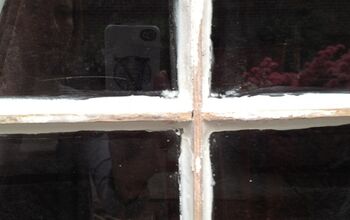
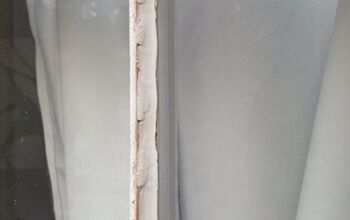
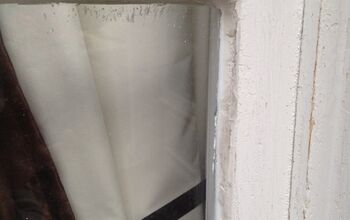


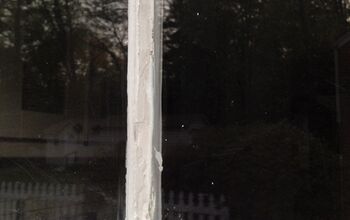 Helpful Reply
Helpful Reply -
-
I'm not sure what your level of expectation is but it looks like you have a classic home and this is not even an apartment grade glazing job. Not priming is the least wrong, this will only lead to glazing failure in ten years or so. Obvious loose glazing still exist that will need replacing. But the most obvious error is the misapplication of the new glazing. It's way too rough and uneven. To begin with, it should make a straight line on the glass and the corners should be angular. It also looks like he may have used the latex glazing in a caulk tube, a way inferior product used by peeps that can't glaze with a tool. He is in over his head this time. You were right in your suspicions. I wish I had a little good news. I'm trying not to sound over dramatic but I almost think you could have done better yourself /-:
 Peace Painting Co., Inc.
on Mar 20, 2012
Helpful Reply
Peace Painting Co., Inc.
on Mar 20, 2012
Helpful Reply -
-
thanks charles. hmmmmm not good!
 Martine Resnick @ Martine Louise Design
on Mar 20, 2012
Helpful Reply
Martine Resnick @ Martine Louise Design
on Mar 20, 2012
Helpful Reply -
-
Is saw these two videos on You Tube which were helpful in visualizing what Charles Peace was describing. http://www.youtube.com/watch?v=qssB_kLJmqQ AND http://www.youtube.com/watch?v=3O6ZsKdw8IE
 Martine Resnick @ Martine Louise Design
on Mar 20, 2012
Helpful Reply
Martine Resnick @ Martine Louise Design
on Mar 20, 2012
Helpful Reply -
-
Best bet is to hire someone like Peace or HandyANDY to do it right. Is this just an individual handyman or a company? As Peace stated...not even close here. Reglazing old windows will never be perfect but you'll get decent cover with a glazing knife just takes a little getting used to. I prefer to use the DAP glazing in a tube that we can apply with a caulk gun. Even when we let it sit a few days & prime over with Kilz....we still often get blistering in the new paint. We've found that if we let the new glazing sit for a few months, wipe with KrudKutter and then paint...no blistering! LUCK
 HandyANDY - Handyman & All Repairs, LLC
on Mar 20, 2012
Helpful Reply
HandyANDY - Handyman & All Repairs, LLC
on Mar 20, 2012
Helpful Reply -
-
yep, just a handyman. sadly it came down to price - that said i'm not going to let this job continue as I don't think he's capable of getting it right.
 Martine Resnick @ Martine Louise Design
on Mar 20, 2012
Helpful Reply
Martine Resnick @ Martine Louise Design
on Mar 20, 2012
Helpful Reply -
-
I'll ask for your forgiveness ahead of time: low price=high cost (and visa versa). Of course the rub is that it takes a full man-day or about $250. (with materials) to do a typical window like this, which is about half the cost of replacement using a nice PVC clad window. Where replacement would not likely be a good option for a 'period' home, you'd have to save your pennies before having them all done. But once it's done you can forget about them. There's no way around the amount of time it takes for the process and, like most of our work, the vast majority of the cost is in the labor, especially in restoration type work. Alright, no more salt in the wound. (-: Best, Charles
 Peace Painting Co., Inc.
on Mar 20, 2012
Helpful Reply
Peace Painting Co., Inc.
on Mar 20, 2012
Helpful Reply -
-
hahha thanks charles! So when you say full man day for one window does that mean if I have 12-14 windows it should cost around $3000-$3500?
 Martine Resnick @ Martine Louise Design
on Mar 20, 2012
Helpful Reply
Martine Resnick @ Martine Louise Design
on Mar 20, 2012
Helpful Reply -
-
If the windows are only 6X6 (six panes over six panes), the cost would be between $2,500-$3,000. depending on how much work was on the rest of the window frame. On restoration type work, I like to work 'time plus materials' with a 'not to exceed' cap, so there are no surprises. This allows us some flexibility without automatically trying to overcharge. Our hourly rate for residential work is $28./hr. I have invested in every kind of machine that I know of to do a better job at a faster rate for this type of work, though this is mostly hand work. There is usually more work in the windows than any other part of the house.
 Peace Painting Co., Inc.
on Mar 20, 2012
Helpful Reply
Peace Painting Co., Inc.
on Mar 20, 2012
Helpful Reply -
Related Discussions
Should I paint or stain my oak kitchen cabinets?
I was wondering if you could help me with something -- I have an entirely oak kitchen. I know it's the rage now to paint or gel stain cabinets. I've been considering ... See more
How to paint a metal front door?
How do I paint my front door? It's metal.
How to paint grout?
How do I paint grout to change the color? The grout is in great shape, but the color - meh.
How to whitewash a brick fireplace?
What is the best method to whitewash bricks surrounding a fireplace?
What's the best paint to use on a cement bird bath?
hi, I'm in the process of refreshing my birdbath. I have cleaned it and wanted to give it a more "stone" look. I bought a textured spray paint but then realized it pr... See more
What color would you paint the exterior?
We are about to repaint our home and I would love some suggestions on color. We will not be painting the brick. If there wasn't chimney with the same brick, I would b... See more

